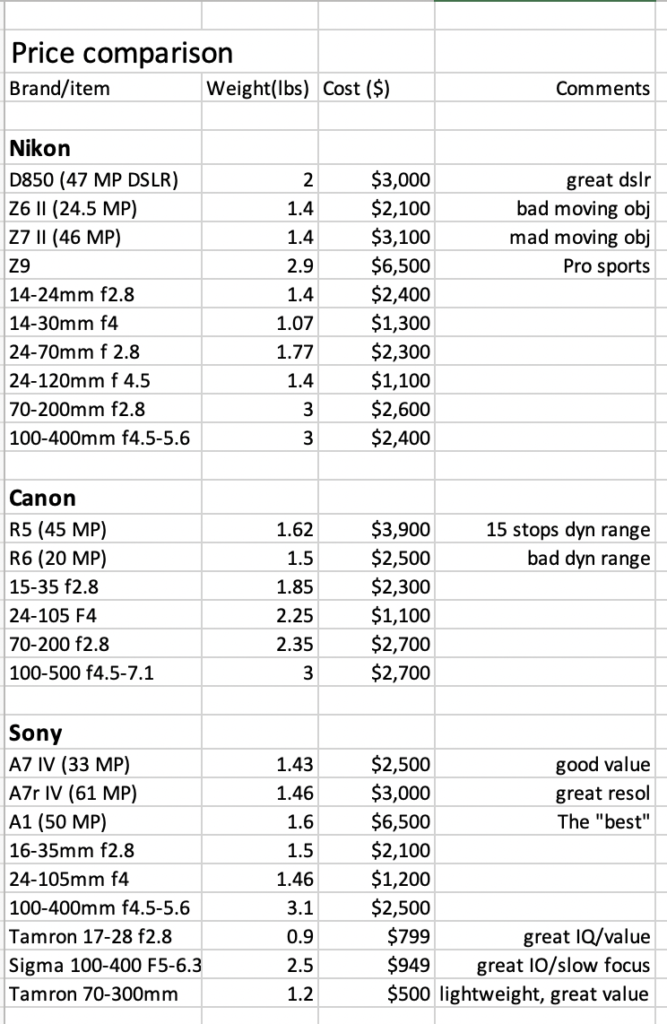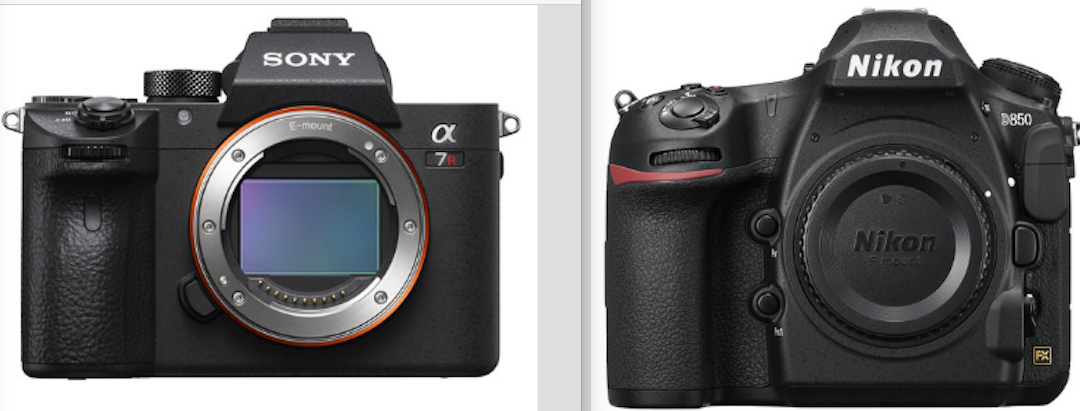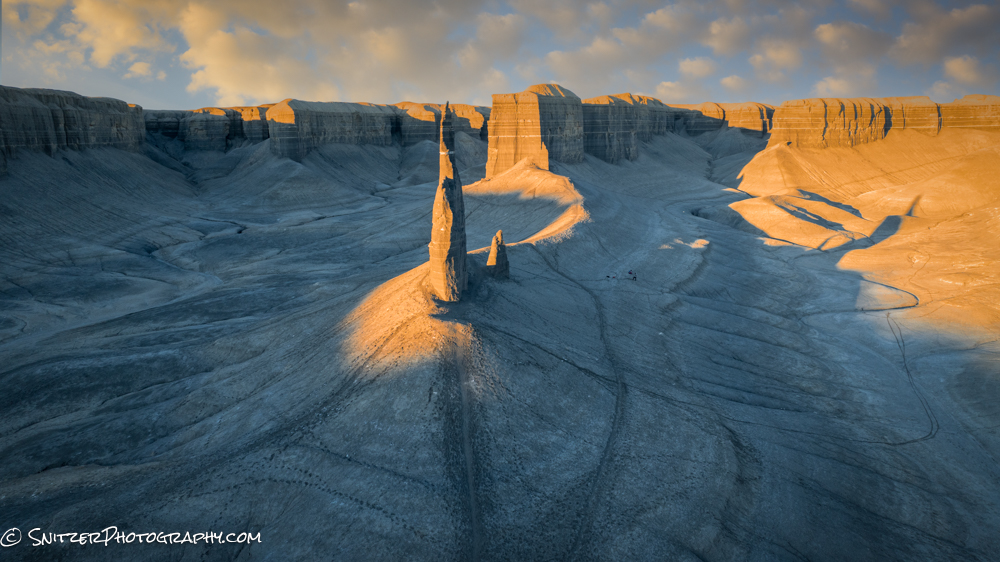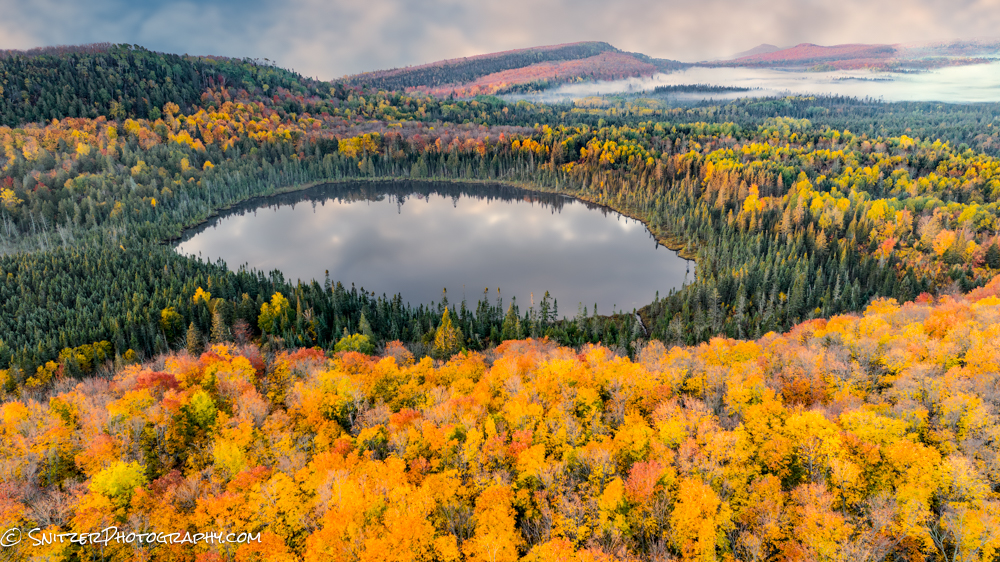Ok folks, I’m going to keep this short and sweet! Let’s cut to the important facts.
Preamble: I’ve shot extensively with Canon, Nikon and Sony gear (not sponsored by any of the three). Ergo, I know these manufacturers & have no particular horse in the game.
DSLR History
For several decades Canon and Nikon have been duking it out, with Nikon firmly gaining the upper hand. While each has similar deep collections of quality glass, Nikon cameras in general offer approx. 15 stops of dynamic range with Canon only 12-13. For most nature photographers, dynamic range is critically important.
Additionally, Nikon’s consumer flagship DSLR the D850 has been a great sports/birding camera with the ability to expertly focus/track moving objects. Couple that with a fast 7/sec frame rate and this camera can do it all. Canon’s equivalent the 5D Mk IV could not focus lock/track sufficiently well and has a painfully slow frame rate (with a buffer that almost immediately bogs down).
Why are people moving to mirrorless?
- They are smaller & lighter. The average full-frame mirrorless is ½ the size of the D850 and approx. 2/3 the weight.
- They offer digital viewfinders that allow on-screen histograms & exposure warning indicators(ex. zebra lines below show overexposure). For advanced manual shooters, getting the exposure dialed in becomes faster/easier.

- They offer focus peaking, a feature that allows you to quickly determine which portion of the photo is in focus as you modify the aperture setting. Ex. rider on right is shown highlighted in red (in focus). Note: It’s close, not perfect…you still need to double-check.

- No need to bother with mirror lock-up with long exposures (no mirror!).
- Ditch your reading glasses. The digital viewfinder can be adjusted to your prescription.
- They offer better lenses that are lighter, shorter, and most importantly are generally sharper than legacy DSLR glass. BTW: You can purchase ($350-500) an adapter to use your old lenses on mirrorless cameras. Not a great option…focus performance for moving objects is compromised, longer heavier. Ergo, if you’re spending the money to go mirrorless eventually you’re going to want the better mirrorless glass. Be prepared to spend more money or stay away.
Nikon’s mirrorless Z6 II, Z7 II & new Z9 options
- At 25MP for the Z6 and 46 MP for the Z7 & Z9 these cameras offer good resolution and the same dynamic range as the older D850.
- They offer great, in viewfinder, histograms, exposure warning and focus peaking.
- The Z6 & Z7 having just received their 3rd software update still can’t lock on/track moving objects well. The new flagship Z9, on the other hand, has world-class focus performance & is a fantastic choice for sports shooters. Note: The Z9 is a large heavy camera. Twice the size and weight of the other mirrorless choices mentioned here (not cheap at $5,500).
- The Z6 & Z7 II can shoot a respectable 12 pics/sec when in tracking mode whereas the Z9 blazes along at 20 FPS (in RAW mode) and 30 FPS (RAW compressed).
- Improving lens selection. As I mentioned, your old Nikon DSLR glass is not nearly as sharp as new mirrorless lenses and won’t fit the Z series camera without using an adapter that adds 1 inch to the lens length. So much for a smaller camera. The selection of Nikon mirrorless glass is somewhat limited at the moment but rapidly expanding. Some of these lenses are great, some are lacking in IQ. Ergo, lens selection requires careful study (buyer beware). Nikon currently refuses to work with third-party lens manufacturers on mirrorless options. It’s a Nikon lens or nothing.
- Only one card slot for the Z6 & Z7. You can’t back up your work on a duplicate card!
Canon’s mirrorless R series option
- The new R5 (45 MP) and R6 (20MP) offer the same histogram, exposure warning, and focus peaking as Nikon.
- Unlike the Nikon however, these cameras offer outstanding focus lock/tracking and a good frame rate.
- Limited but rapidly growing lens selection. The lenses are expensive (most $2,000+) but tack sharp. You have the option of using one of two adapters for older Canon lenses.
- The R5 is the first Canon camera with excellent dynamic range at 15 stops (matching the Sony and Nikon mirrorless choice). The R6 sadly has only 13.5 stops. The R5 is also very ISO invariant (like it’s Sony and Nikon competition) able to recover almost 5 stops of under-exposed content. Not so for the R6 which can recover approx half that.
- The R5 is a do it all camera that has no weaknesses. The only rub is that it’s expensive ($3,900) and requires expensive Canon mirrorless lenses.
- Note. Canon just launched the R3 a sport-centric pro sports camera. It’s the Canon equivalent of the Nikon Z9 (similarly large/heavy) at $6,000.
Sony A7 & A1 series
- The company has a 7-year head start on mirrorless technology over Nikon/Canon.
- The A7r IV (orig $3,500, now avail $3,000) offers a whopping 61 MP, 15 stops of dynamic range and weather sealing equivalent to the D850. The earlier generation A7r III ($2,800 @ 43MP) , A7 III ($2,000 @ 25 MP) & new A7 IV ($2,500 @33 MP) offer strong lower-priced options. Of those the A7IV offers the best combination of good resolution, fast focus, and great image tracking (see discussion below for further detail).
- For sports/wildlife/birding pros: Sony has launched new Sony Alpha 1. 50mp, 30 frames/sec. The world’s best focus tracking system. @$6,500 it has few peers (only the Canon R3 and Nikon Z9).
- Great lens selection and quality. Unlike Nikon & Canon Sony lens also offer a programmable lens button that allows side button focusing, a game-changer for sports or bird shooters. Ergo, use your left hand to focus on moving objects, use your right to depress the shutter. Improved my hit ratio 100%.
- Very strong third-party lens options. Although the Sony 16-35 F2.8 is unsurpassed in IQ, the Tamron 17-28mm F2.8 is excellent as well and slightly sharper and lighter (14 oz vs 1.5 lbs) than the more expensive Sony 16-35mm F4. Sigma’s 100-400 F5-6.3 provides similar IQ as the 2.5X more expensive Sony F4.5-5.6 100-400. It also has a programable side button & is slightly lighter (2.5 vs 3.1 lbs). .Pros and serious amateurs may opt for the Sony which has better focus lock/tracking for sports/moving bird photography.The Tamron 70-300 f4.5-6.3 offers a fantastic ultra-light walk-around lens (only $500). Great option for times when you need reach but are on a long hike and need to shed weight
- Battery life: The Sony battery gets 670 shots with the LCD & 530 shots looking thru the EVF. The Canon and Nikon only 320 and 330 thru the EVF. The Canon R3 and Z9 have twice the battery life (equiv to Sony).
- Manual focus option that allows 3/1 magnification of center spot to quickly achieve critical focus. Great tool for focus stacking.
- Word of caution, the on-screen menus aren’t optimal. They could use a little better organization/simplification.
Tale of the tape:

Sony details
- The new A1, A7r IV & A7 IV chief advantages over earlier models include better weather sealing and improved ergonomic grip.
- Which camera to use for sports/in flight birds? The A1 is the clear winner, but at $6,500 it comes with a hefty price tag. While the A7r IV has a fast frame rate, the massive 62 MP file size can quickly fill up the buffer shooting sports. The only realistic option is to switch the camera to APC mode (crop sensor size) and shoot 26MP images. This allows great reach with your glass (1.6 crop factor plus the buffer won’t fill). The other strong choice to use for sports is the A7 IV. With a smaller full-frame sensor (33MP) the camera’s buffer won’t fill up,
- How to set up your A7r III or A7r IV. Don Smith offers some great instructional videos.
- Increasing the viewfinder gain for low light: A great option for focusing in very low light (great for celestial photography). This makes the image so bright you can actually see the Milky Way live on screen! Makes focus peaking a snap.
- Here’s how to use. Activate the manual focus on your lens and focus peaking. Go to the custom key setting in your camera’s menu and under custom button 2, scroll through the menu and select “bright monitoring”…select.
- Then when you have a situation where you need to brighten up your monitor in manual focus mode, just push the C2 button atop your camera to activate Bright Monitoring. Depress the button again to turn off.

Aug 2022 update: Sony has recently released a NEW F4 16-35mm lens. It’s my go to wide angle zoom choice. At less than 1 lbs it’s remarkable lightweight, small and produces fantastic image quality. Link to Sony Lens (B&H photo)









